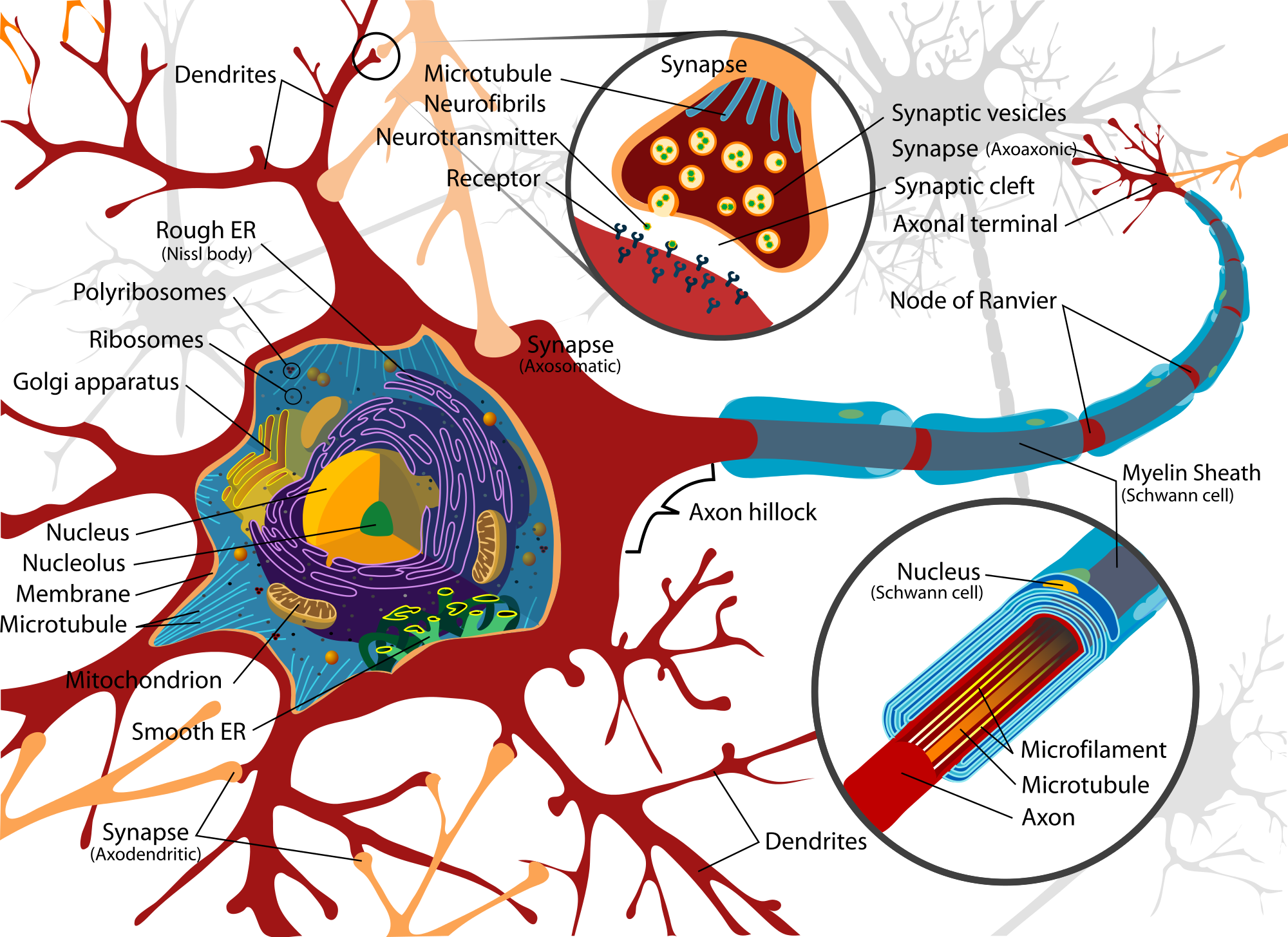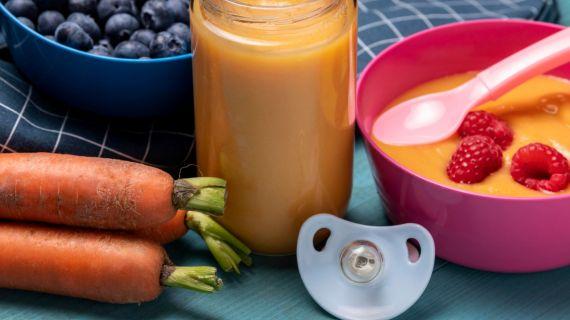Keeping your baby's feeding tools clean is essential for their health and well-being. Germs and bacteria can easily grow on bottles, spoons, and sippy cups if they’re not cleaned properly. In this guide, we’ll walk you through the best ways to clean and sanitize baby feeding products to keep your little one safe and healthy.
Why Cleaning Baby Feeding Products Is So Important
Babies have developing immune systems, which makes them more vulnerable to bacteria, mold, and viruses. Even a small amount of leftover milk or food can breed harmful microorganisms. Proper cleaning and sanitizing eliminate these threats and help prevent stomach infections and other illnesses.
Whether you use bottles, bowls, pacifiers, or teething spoons, all baby feeding products should be cleaned after each use. Sanitizing goes a step further by killing any leftover bacteria that soap and water may miss.
Daily Cleaning: Step-by-Step Process
1. Disassemble All Parts
Take apart all pieces of bottles, nipples, cups, or utensils. This allows you to clean every nook and cranny. Bacteria love to hide in tight spots, especially inside nipples, lids, and straw valves.
2. Rinse Immediately
After feeding, rinse everything under running water. This helps remove milk or food residue before it hardens. It’s best not to soak items for long periods, especially if they are made of silicone or plastic.
3. Wash With Warm Soapy Water
Use a clean dish bin or sink filled with hot water and mild baby-safe dish soap. Scrub each part with a dedicated bottle brush or sponge used only for baby items. Avoid using brushes or sponges that clean other dishes, as they may carry bacteria.
If you use a dishwasher, check the manufacturer’s instructions to ensure the baby feeding products are dishwasher-safe. Most can go on the top rack for better heat protection.
4. Rinse Thoroughly
Make sure all soap is washed off completely. Any leftover soap could cause stomach discomfort if ingested.
5. Air Dry
Place cleaned items on a clean towel or drying rack. Do not use cloth towels to rub them dry, as these can introduce new germs. Let them air dry completely before storing.
How to Sanitize Baby Feeding Products
While daily cleaning removes most germs, sanitizing is an extra step that’s especially important for newborns under three months, premature babies, or those with weakened immune systems.
Boiling Method
Place items in a large pot of water. Make sure they are fully submerged. Boil for at least five minutes. Use tongs to remove them carefully and place them on a clean towel or rack to air dry.
Steam Sterilizer
Steam sterilizers are electric devices designed for baby items. They kill 99.9% of germs and are convenient for daily use. Some models even dry the items afterward, reducing the chance of contamination.
Microwave Steam Bags
These are single-use or reusable plastic bags that create steam when heated in the microwave. Place the clean feeding items inside with a small amount of water and follow the instructions. These are ideal for travel and small spaces.
Dishwasher Sanitizing
If your dishwasher has a sanitizing setting, you can use it to sanitize baby feeding products. Make sure the items are dishwasher safe and placed on the top rack to avoid warping.
When and How Often to Sanitize
- For babies under 3 months: Sanitize daily or after every use.
- For older babies: Sanitize feeding products every few days, especially if they have been dropped on the floor or exposed to illness.
- After playdates or travel: Always sanitize if your baby’s feeding items have been used outside the home.
Storage Tips After Cleaning and Sanitizing
Once your baby feeding products are clean and dry, proper storage is key to preventing contamination.
- Store in a clean, covered container.
- Do not store damp items, as moisture can promote mold growth.
- Keep feeding products away from household cleaners and chemicals.
Common Mistakes to Avoid
- Skipping disassembly: Not taking apart bottles or sippy cups can leave hidden milk residue behind.
- Using harsh soaps: Stick to mild, fragrance-free dish soaps meant for baby items.
- Using the same sponge for all dishes: Always use a separate brush or sponge for cleaning baby gear.
- Storing wet items: Damp conditions can quickly lead to mold or bacteria buildup.
Final Thoughts
Properly cleaning and sanitizing baby feeding products is one of the simplest yet most effective ways to protect your child’s health. With a consistent routine, you can avoid common baby illnesses linked to poor hygiene. Whether you’re using traditional bottles, silicone feeding spoons, or modern sippy cups, keeping everything clean ensures peace of mind and a happy, healthy baby.

